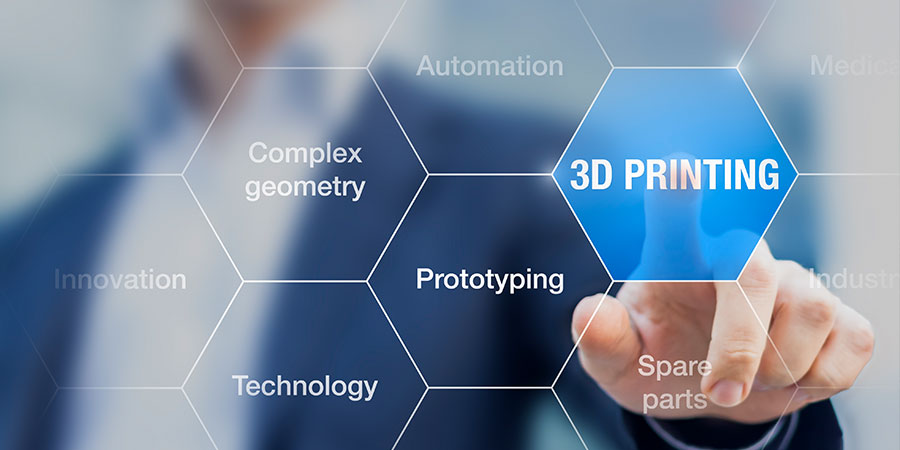Valmet has well understood the business opportunities that Additive Manufacturing (AM) provides. Together with Huld, Valmet has invested in finding new applications as well as developing the AM understanding of its employees. As a result of the cooperation, numerous new applications have been found in parts and spare parts for paper and board machines. In multiple cases the number of individual parts in the assemblies was significantly reduced, whilst improving the performance of the parts selected for 3D printing.
AM competence of our personnel increased significantly
At Valmet, AM-technologies have been used successfully in prototypes, tools, installation accessories and scale models. Now was the time to take a step towards using AM for end-use products and spare parts. In addition, this collaboration resulted in multiple proposals for suitable use cases, which created a basis for continued development.
“Cooperation with Huld has been effortless and response times have been fast. Huld independently and actively brought up new ideas, ideas which we never considered in the first place. I give my strong recommendation to Huld, especially for the implementation of development projects,” says Sampo Immonen, Head of line R&D.
“AM offers designers great potential but at the same time poses new challenges. The functionality of the parts needs to be completely rethought, and requires a significant change in mindset, which does not happen automatically. This change requires training, case examples, discussions with experts and successful development projects,” continues Sampo Immonen.

